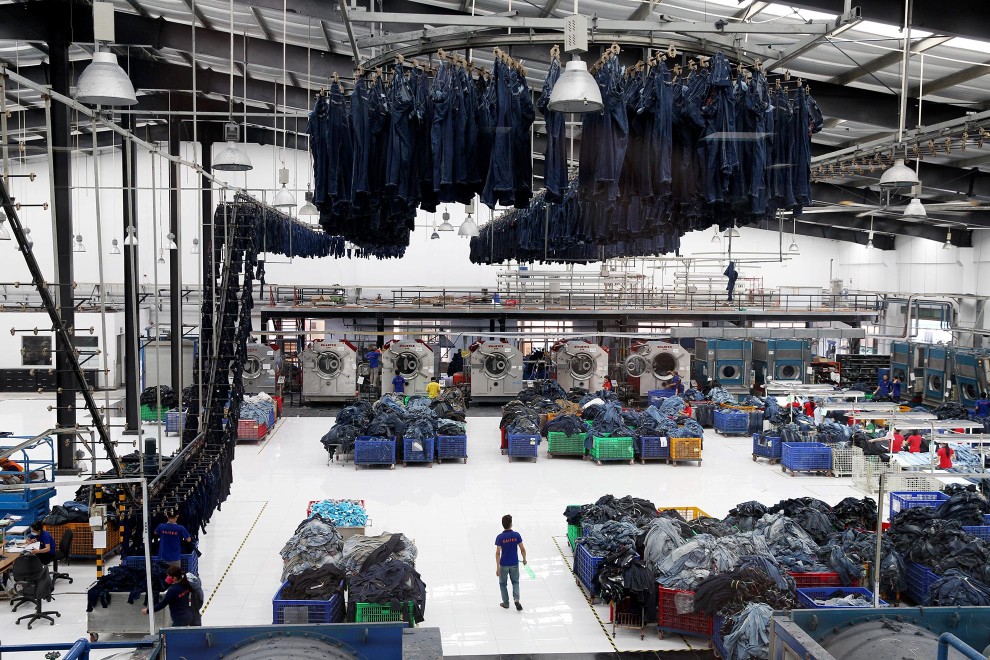
Top 5 Things You Need to Know About Saitex
Though it may have started out quietly changing the denim industry, Saitex is drawing attention and becoming increasingly prominent as one of the sector’s most sustainable facilities. The Vietnam-based manufacturing operation produces premium denim and over-dyed products, with a capacity of more than 6 million garments per year.
The latest Carved in Blue denim capsule launch at Kingpins Amsterdam is produced by Saitex and designed by emerging designer, Pawan Kumar.
“SAITEX is focussed on creating positive impact ,” says Sanjeev Bahl, owner of SAITEX. “Besides collaborations with brands Saitex has now opened its resources to the highest caliber of design talent from across the globe to work at our facilities. In partnership with the innovators at Lenzing, we are proud to have provided the collaboration and expertise needed to bring Pawan Kumar’s vision (of Midnight Blues capsule) to life in the most sustainable context.”

Sanjeev Bahl, Owner of SAITEX
We’re sharing five important things about SAITEX leading the denim industry into a cleaner, smarter future.
1. It’s on a social responsibility mission
For Saitex and its founder, Sanjeev Bahl, being conscious of social responsibility is part of its makeup. Saitex supports 4 orphanages which houses 800 children . As these children turn 18, they are offered the opportunity to be trained at Saitex, and offered jobs that guarantee fair pay and ethical, respectful working conditions in Saitex .
2. It’s into saving water.
At Saitex, a LEED-certified facility, 98 percent of the water it uses gets recycled. The other 2 percent is evaporated making Saitex a zero discharge facility. The factory uses a closed water system and efficient jet washing machines, averaging less than 5 liters of water per jean versus industry average of 80 – 100 liters a jean .
3. It’s into recycling and reusing
More than recycling water—which after processing is clean enough to drink—Saitex also relies on renewable energy resources, like solar power. According to its website, the factory has reduced its energy usage by 5.3 million kilowatts of power per year and cut its CO2 emissions by close to 80 percent.
4. It’s into air drying
Typical driers at denim factories use scores of electricity, so to avoid that, Saitex air dries 85 percent of its jeans. Once the jeans are mostly dry from the air, each pair is quickly finished in a commercial machine.
5. It’s giving back to the community
Already lessening its impact on the environment, which in and of itself is beneficial to the communities in the region where the factory resides, Saitex is also turning the toxic byproduct—better known as sludge—created in the denim making process into bricks for building local homes. The sludge gets extracted and taken to a nearby brick making factory, where it’s mixed with concrete and turned into bricks used to build affordable homes for those in the community.






